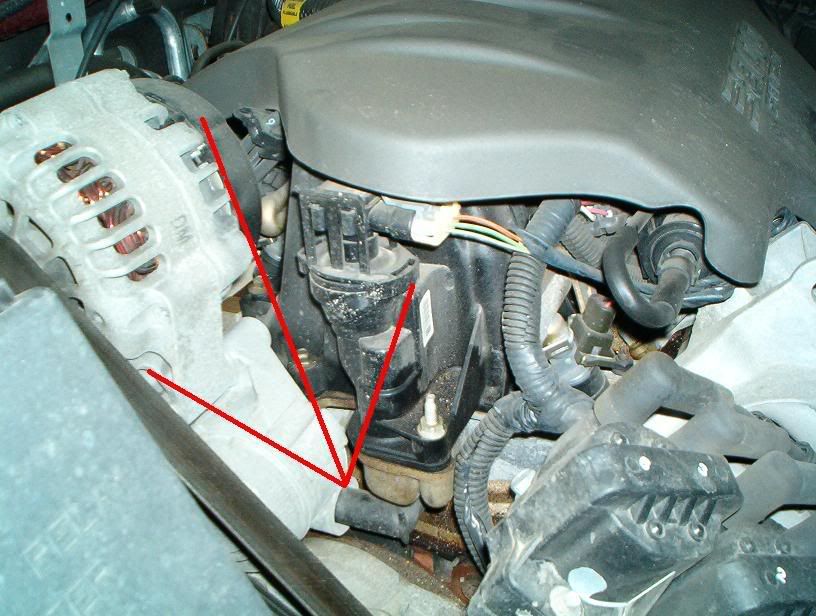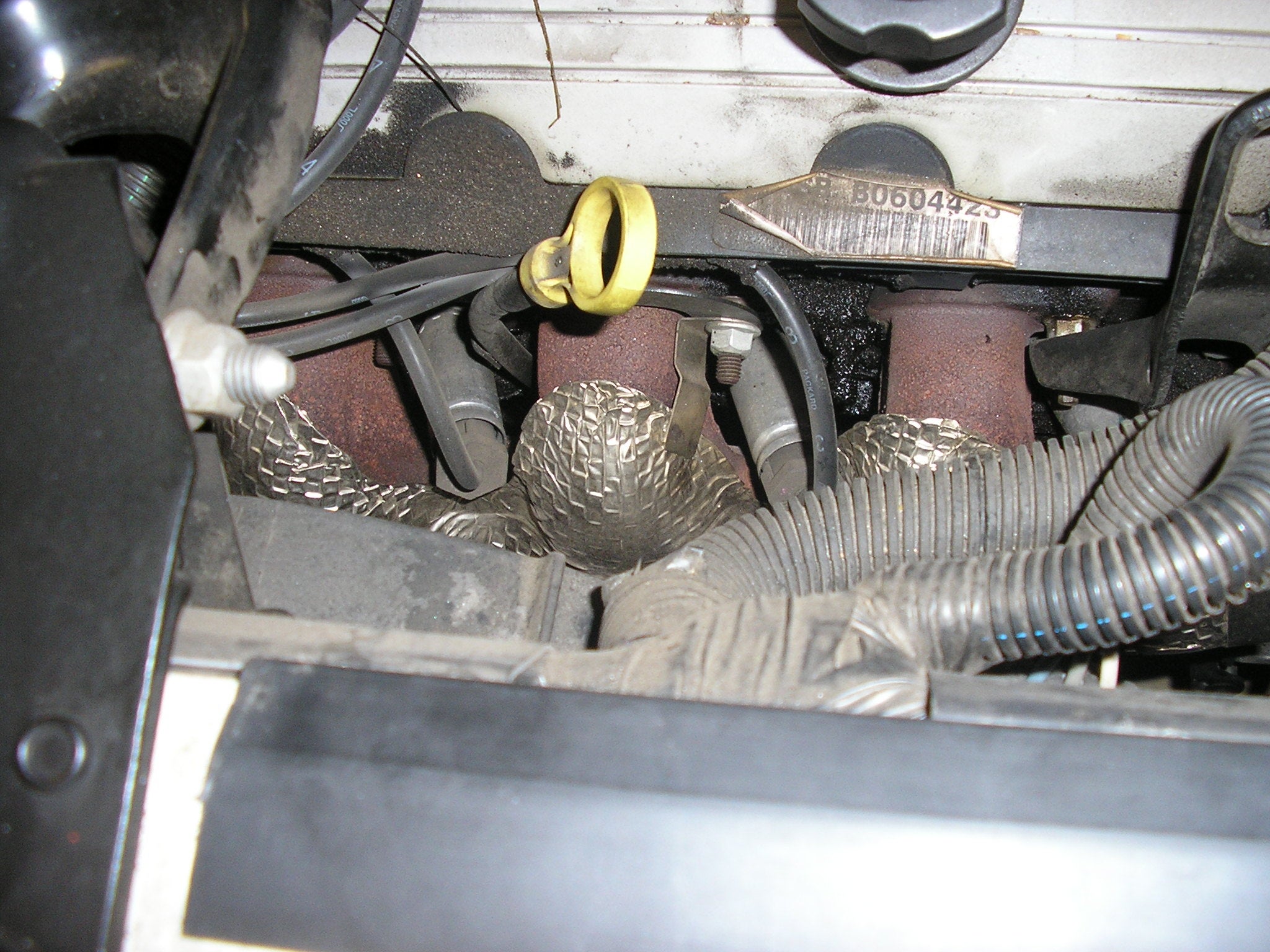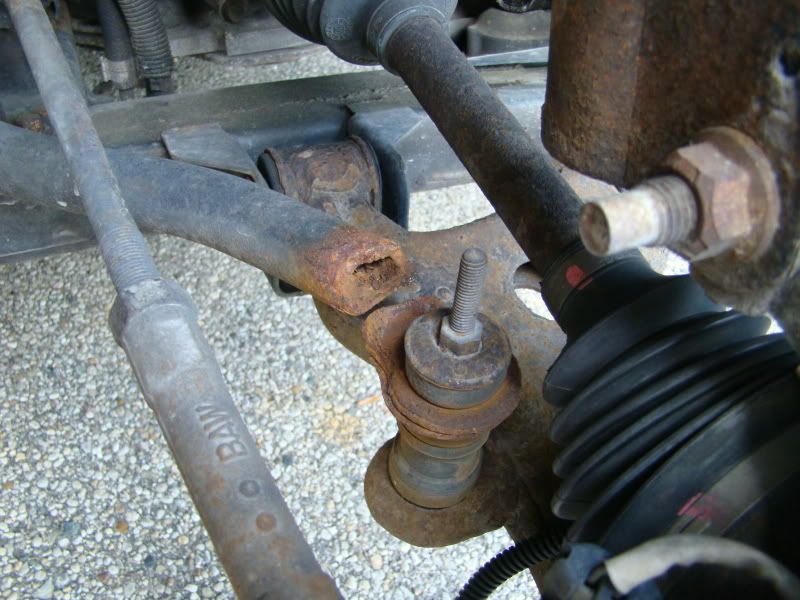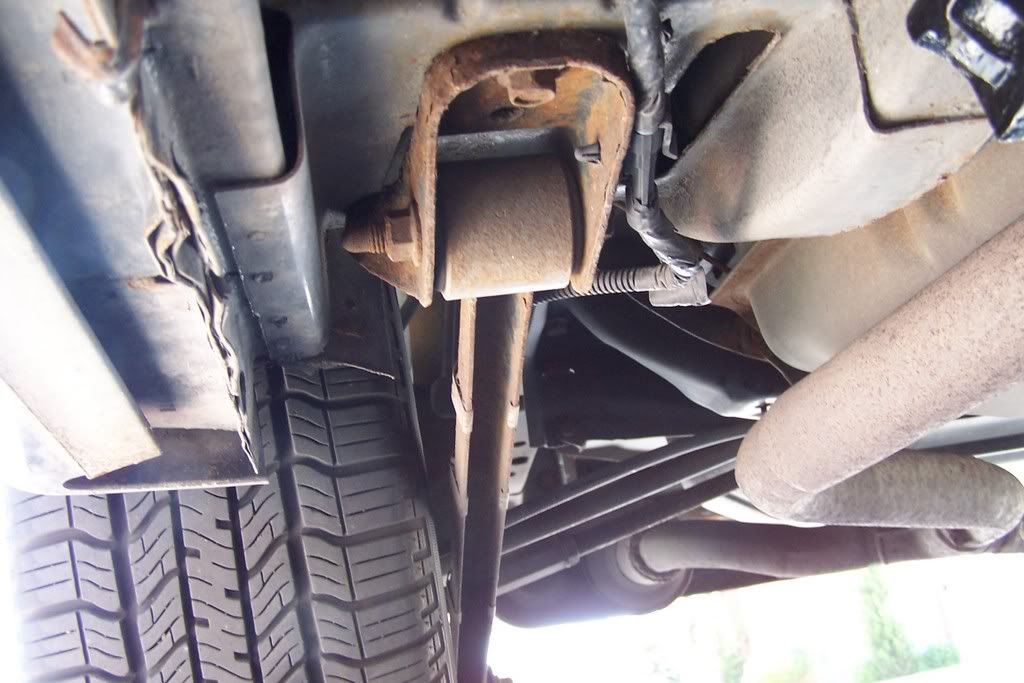Buying a 97-03 Grand Prix / W-Body?
So I feel like I answer this question, or see it posted, at least once a week on this and other boards. The W-body platform is getting quite old, and they can be had on the cheap. That being said, there are some things one should look into when buying a used W-body……..
Electronics
* Check all windows to make sure they operate; window motor regulators are a common problem.
* Check all lighting, also check for signs of aftermarket work under the hood. Any modifications to the electrical system, if not done correctly, should be a red flag .
* The ignition cylinder sometimes malfunctions and won’t allow the key to be removed. This problem is usually associated with a bad brake light sensor located under the brake pedal.
* Heads Up Display (HUD) may look dim or may not function at all (GTP and GT models). This is caused by some loose solder in the circuit board in the HUD unit itself. It’s fixable in most cases. But a used HUD will set you back about $90.
Engine
* Check the area between the lower intake manifold and the cylinder head, if you see coolant pooled, or if you see a black gasket between the two pieces, instead of a silver/metal gasket; consider doing an LIM gasket job first thing after you purchase the car. The plastic LIM’s get deteriorated by the coolant, and start to leak. This replacement is a MUST. Also, if you see coolant, pull the engine dipstick and look at the coolant for signs of “milkshake”, the engine oil will have the consistency and look of a chocolate milkshake when they are combined. Milkshake oil is another red flag Here are a few pictures:
Old gasket with dexcool damage:
New aluminum gasket:
* Coolant elbows. The coolant elbows are located under the alternator, in 98+, there are two plastic elbows. In 97’s and early 98’s, there is only one, as the other elbow is cast into the alternator bracket. These, as being plastic, are also known to deteriorate over time and leak. To check for this, look under the supercharger snout, you will be able to see the one elbow, visually inspect it to see if it is indeed leaking. On the n/a L36 motor (non-supercharged), the elbow is located in the same place:
* Dexcool…….. It’s the scum of the automotive industry. GM’s attempt to engineer a fluid that would last 100K+ really backfired on them. Pop the radiator cap and look at the coolant, if it is any other color but orange………….you’re in trouble. Many people mix regular coolant with dexcool, not knowing that it causing a chemical reaction and will clog up most of your coolant system and do a lot of damage. If the coolant is brown/sludge, well, it doesn’t take a rocket scientist to know that fluid shouldn’t look like that. Be prepared for hefty repair bills.
* Valve cover gaskets – GM issued a recall for some models, but not all….and unfortunately they are usually all bad. Look for signs of weeping valve cover gaskets, usually moist with oil right under the valve cover on the cylinder head. You WILL need to replace these gaskets, not a hard job, definitely not a deal breaker either. If the leak is bad enough, you may also smell some burning oil, that’s usually from the rear bank valve cover dripping onto the exhaust manifold.
This is a perfect example of what to look for:
* Oil pan leaks – Another common problem with the 3800 engine. Crawl under the car and look up at the oil pan, if you see oil around the pan where it bolts to the block, you have a leak. This is NOT an easy fix, and requiring the lowering/removal of the subframe. Most of the time, this leak isn’t very serious, but it’s still a leak.
* Fuel fittings – This is a problem more associated with N/A cars, but still can be found in supercharged applications. Locate the fuel rails on top of the engine, then trace the fuel line back to the firewall, the fuel lines are black plastic hoses. Now, look at the seal between the fuel line, and the fuel rail…. Be mindful if you have a leak, and you buy the car! That problem needs immediate attention!!!
* Aftermarket upgrades- This is a sore subject with many members. I personally prefer to purchase a vehicle with no upgrades, since I don’t know who did the upgrades, how it was done, and if any shortcuts were used. That being said, purchasing a W-body with some upgrades isn’t a bad thing, just be careful and understand what is done. If you had the sense to find this discussion board, have the sense to post up a modification list and see if the members feel that it wouldn’t have done damage to the engine.
* Regular engine check – Do the same type of check you would do with any other car! Check the engine oil, fluid levels, etc, etc. If there is any ticking or knocking, don’t buy the damn car!!!!
During your test drive, be sure to give the engine a good, broad RPM check. If it feels like its hesitating or doesn’t have power, RED FLAG
TRANSMISSION
I highlighted this section because it is indeed, the weak point of this platform!!! If I were to go into specifics in this section, it would be a few pages long. So what I’ve done is make a list of symptoms you may experience during a test drive, if you do encounter any of these, be prepared to rebuild and/or replace the transmission in the near future!!! All of the w-body boards have great transmission sections that can assist you in diagnosing your specific problem:
* Long, hesitating shifts
* Hard shifting
* Pre-mature torque converter lock-up (when cruising anything less than 45mph, torque converter locks and RPM’s dive down)
* Shuttering or loss of power when going up an incline or cruising around 35-45mph
* Erratic up shifts or slipping gears
* No 4th gear
* Brown or burnt smelling fluid
* Any banging or odd noises coming from transmission case when in Park
* Leaking fluid
What TO look for:
* Nice, clean, red transmission fluid
* Smooth, easy shifting
My suggestion, go on a nice, LONG test drive. Let the transmission warm up to operating temperatures, and then just test it out! Do some heavy throttle runs, go up some hills, just test the transmission and see what it does. A lot of these problems get worse as the transmission heats up, so if the seller won’t let you go for a long ride, well, that’s a RED FLAG
Suspension/Steering
* Bad steering rack / Power steering pump - Look for odd, whining sounds coming from the steering, especially when turning the wheel. If you have any problems turning it, that’s a problem. Unfortunately, the pump is an easy fix, whereas the rack is an extensive project. It’s not very easy to tell which one is the problem either, so if there’s a steering issue…….. RED FLAG .
* Cracked front sway bar – Another common problem, they usually crack right where they connect to the control arms, at the bushing. Look for signs of splitting at the ends of the bar.
* Bent rear trailing arms – This usually occurs when the previous owner uses the rear trailing arm to jack up the rear of the car, resulting in some pretty serious damage, the trailing arms are right behind the wheels, and connect to the frame of the car to the rear wheel hub. Look for this:
This is what they should look like:
* Bushings and end links – I could list every bushing or rubber grommet you should check, but the list would go on and on and on….. Here are a few important ones, as a potential buyer, you should be checking most of these anyways: top engine mounts, subframe bushings, sway bar end links, ball joints, control arm bushings.
* Axles – This is another common problem, but it’s not necessarily the axles that go bad, it’s the CV joints and boots. Look for some “rooster tail” spray of grease on the underside of the hood near the belts, look down past the belts and to the left (towards the firewall), you should be able to see the passenger side boot, inspect it for rips or tears. Also inspect the DS boots. There are two boots on each axle.
During your test drive, go through a few nice corners, make some tight turns, listen and feel for anything out of the ordinary, odd sounds, shaking in the steering wheel, pops or thuds when going over bumps….
Interior
* General care and maintenance – A lot of the GP or other W-body interiors are cheap plastic and fake leather………look for obvious cracks in pleather seating, test seat heater, cup holders, HVAC controls, etc, etc. You can expect a good amount of creaking from this interior, but anything super annoying is something you should inspect further.
HVAC / Heating
* A/C not blowing cold – Haven’t we all bought a car that the AC hasn’t been cold? Unfortunately on the W-body, it’s not always as easy as “put Freon in and go”…….. a few things can be wrong here. Blend door actuators not functioning will cause cold air on one side of the cabin and not the other……but a gunked up orifice tube will give the same symptoms.
* Metal scraping sound when A/C is off, but goes away when its turned on - If there is a sound from the engine, but when you put the A/C on, it stops, you’re bearings in the A/C compressor and compressor clutch are shot.
* Fan will only work on highest setting or not at all / fan makes horrible noise when turned on – Common problem, most W-bodies didn’t come with a cabin filter installed from the factory, so water gets down into the fan assembly and will seize it. Also, there is a controller that can go back and will keep the fan from working at any other setting but high.
During your test drive, crank that A/C!!!! Also, play with the HVAC controls, change the settings, make sure you go through all the different settings and note any problems. Put the heat up on high and check that the defroster functions correctly.
Body panel rust
* Rusted rear strut tower – This has been happening more often to cars in the “salt belt”, open the trunk and look back towards the strut towers, pull back the carpet and inspect the top of the tower for signs of rust.
* Fuel door - Directly under the fuel door, there is a small piece of insulation that becomes soaked with water / debris / salt, over time it eats away at the panel and rust begins to show on the exterior of the car.
* Above windshield and rear window – Another rust prone area; look right above the seal of the front/rear windows for any bubbling paint or rust.
* Rocker panels / lower door – The rocker panels are notorious for rusting out, crawl under the car and look at the rocker panel from behind the body molding, you’ll be able to see any signs of rust. Also the lower parts of the doors are known to rust, with the door open, look underneath them.
* Wheel well / fender – Also inspect the wheel wells, they are known to rust, especially the rear wheel wells.
Keep in mind when inspecting for rust damage, you may NOT be able to see it through the paint……..yet. Most of the rust problems on this platform start from behind the panel, so one would not necessarily see it until it’s too late. If you do a thorough inspection, you should be able to pin point these issues.
Well, that’s my write-up! Big thanks to the guys in the GPF.com chat box for spit-balling some ideas for this write-up. If anyone has anything they think I should add to this, please feel free to reply. Remember though, this is just a guide for someone that knows nothing about the platform to look at when inspecting a possible car purchase. I can’t say this is the” be all end all” list, as I’m sure I missed some things. Also, each car is different, some less common problems can be evident, and as a possible purchaser, you should address them as necessary.
















 Good info though. I'll have to looking it over again after I pick the car up.
Good info though. I'll have to looking it over again after I pick the car up.







